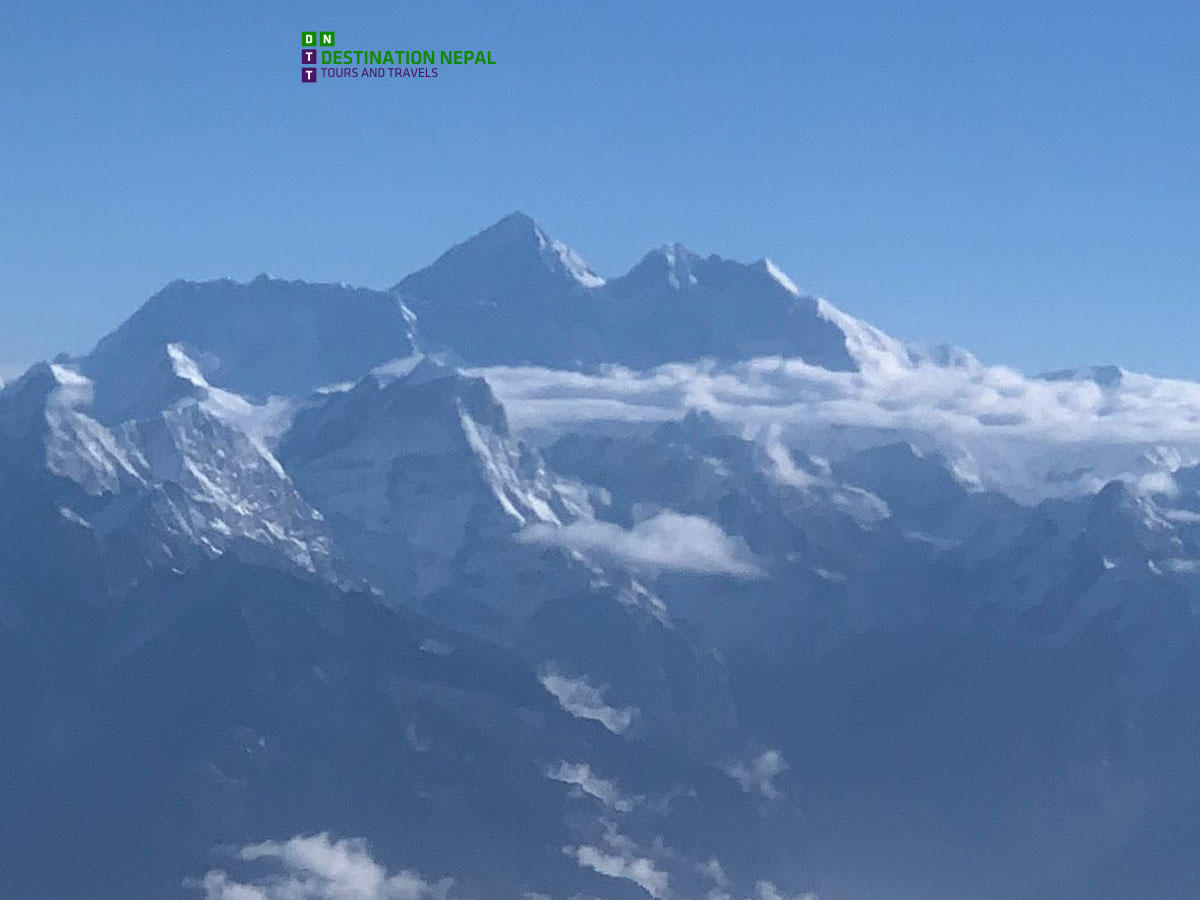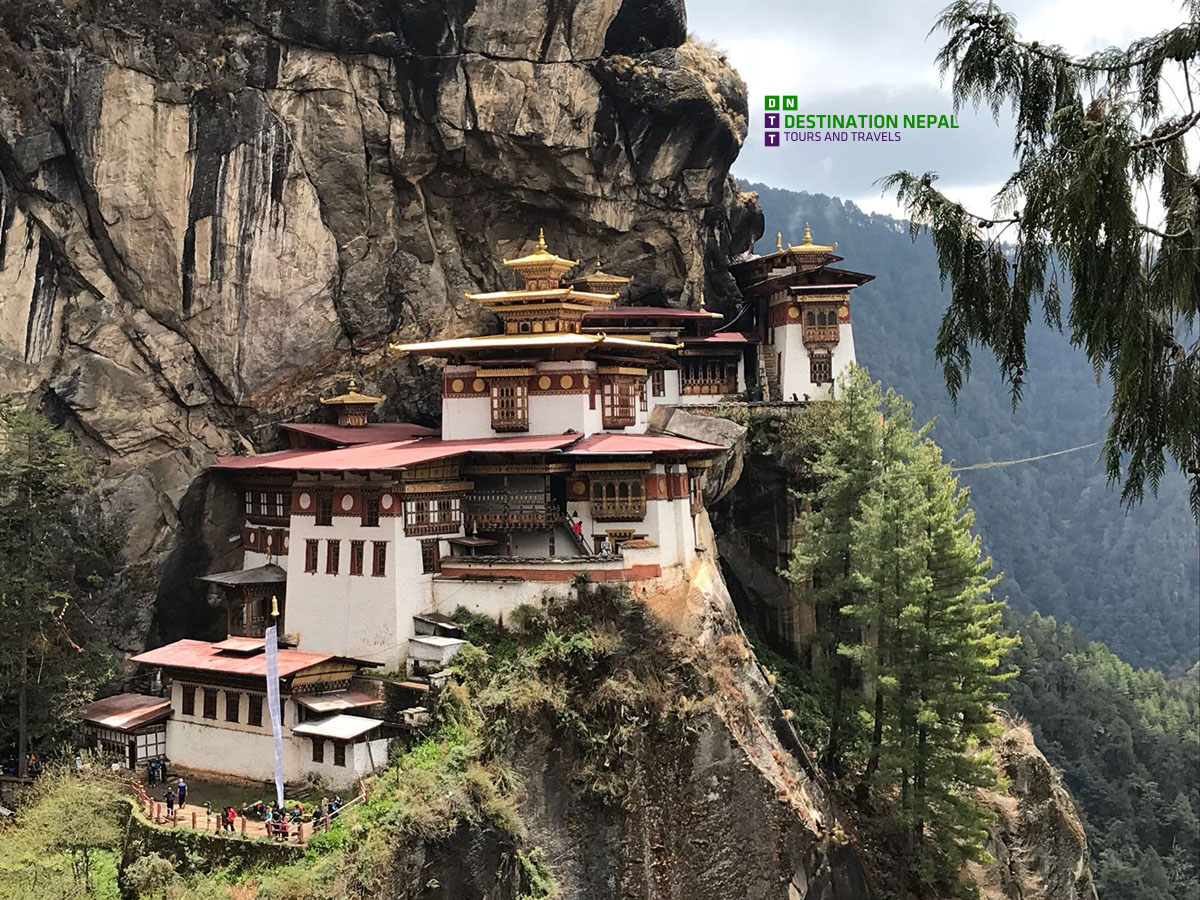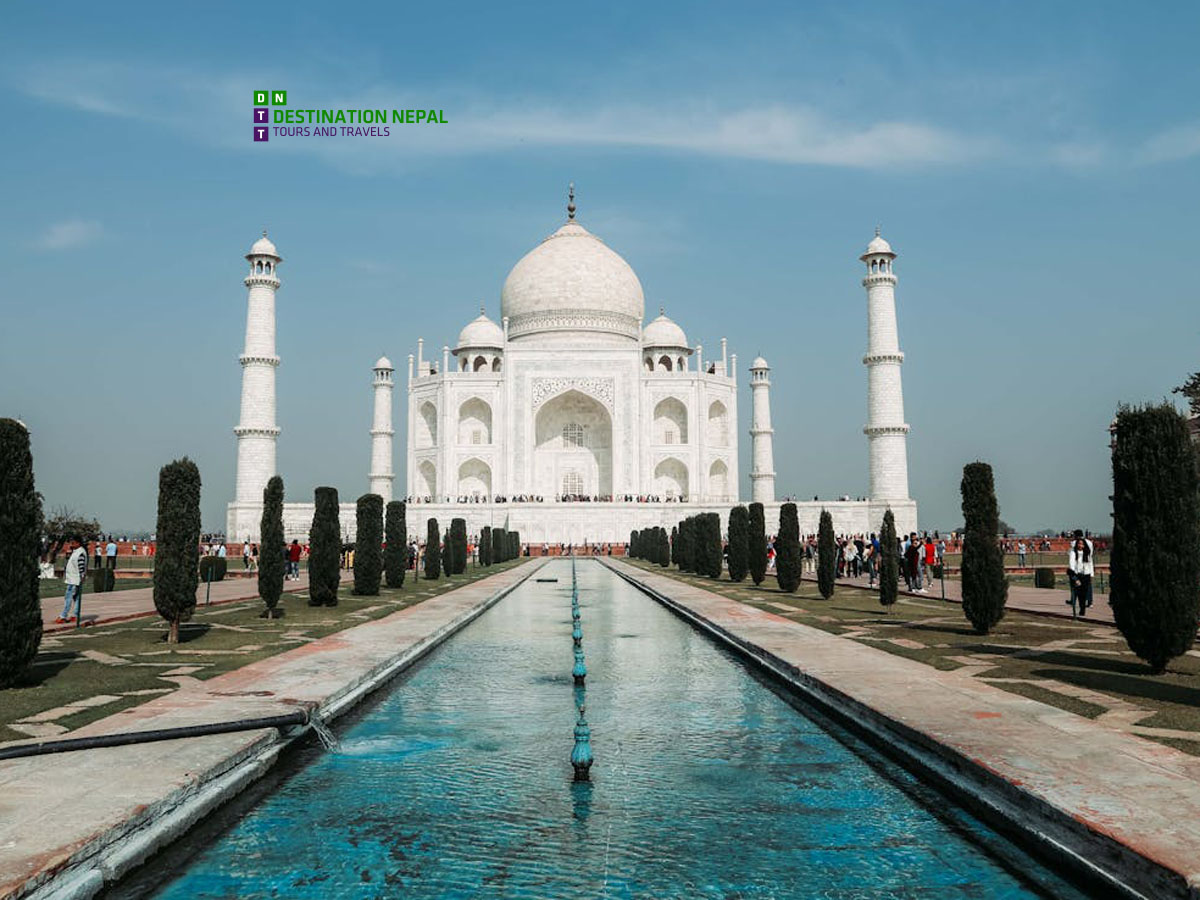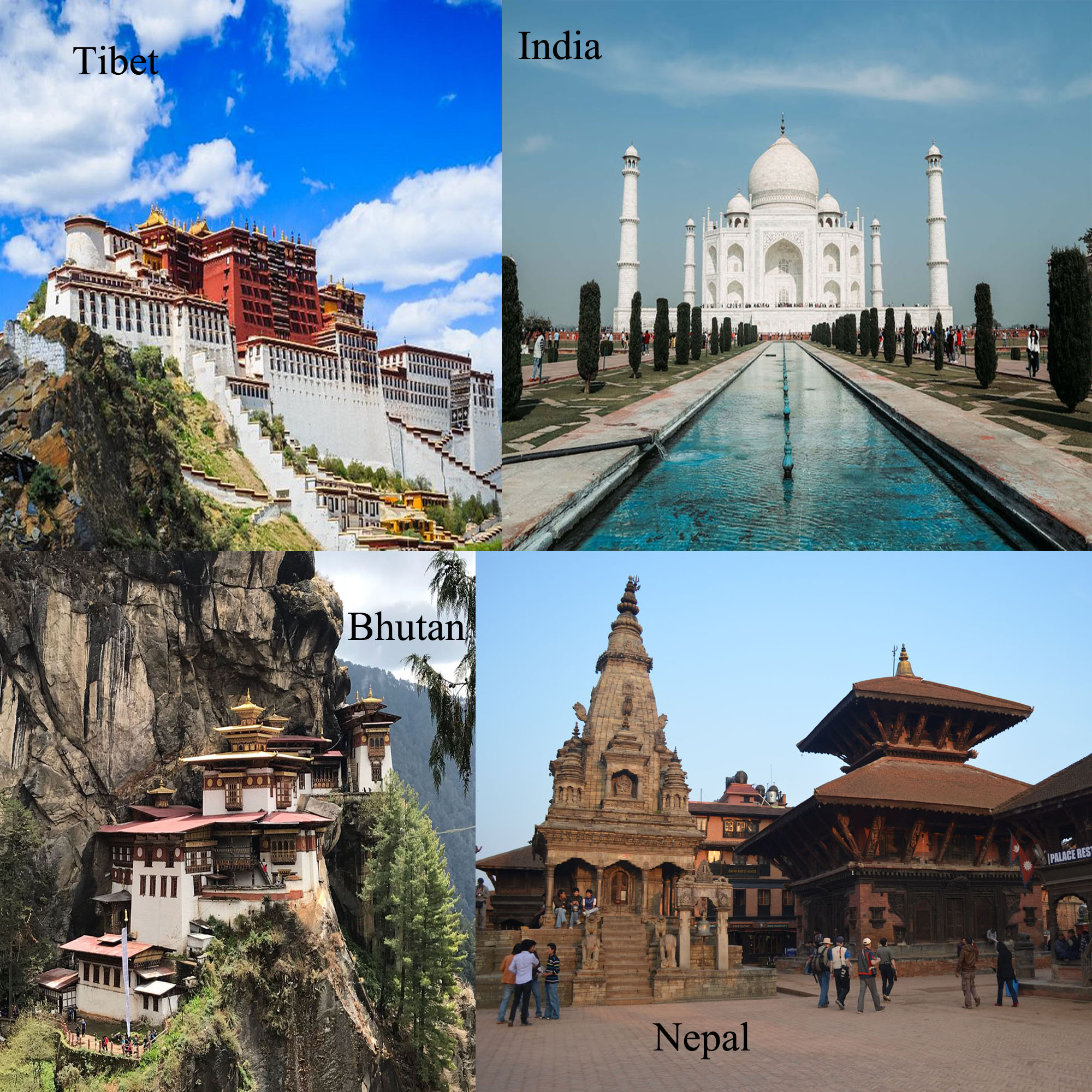Food & Shopping in Nepal
Food in Nepal
Nepal food alludes to the cuisine of Nepal. Nepal cuisine, based on cultural diversity and geographical features, combines motley of food types rather than one type of cuisine.
Nepal food varies from region to region and from one ethnic group to the other. The Terai cuisine is often very similar to the Indian recipes, but there are variations among the Tharu and the other ethnic groups. The Himalayan cuisine, extremely delicious, constitutes chiefly the diet of the Tibetans and also of the ethnic groups inhabiting the northern parts of Nepal.
The Newars celebrate the maximum number of feasts and festivals and are well known for their contribution to the varieties in Nepal recipes. Newar food can be categorized into two broad types - daily foods called Jyona or lunch and Beli or dinner, and Bhoye, which is a food menu, arranged in systematic order.
The two famous foods of Nepal include dhal bhat and momos. ‘Dhal Bhat Tarkari’, which is lentil soup rice and curry constitutes the chief diet of the Nepalese living in the hills. This is eaten twice daily. Dhedo, a type of Tibetan food made of flour, butter, ghee or water, is eaten high up on the mountains due to scarcity of rice.
Nepal food consists of snacks like roti, bread, curried vegetables and milk tea that are eaten in between the daily meals. Some other famous Nepalese foods include Gundrook-Dheedo, Alu Tama, and Chatamari. Tongba and Rakshi are the traditional drinks of Nepal.
Shopping in Nepal
Popular items include ‘tanka’ (religious) paintings and Buddhist articles, such as prayer wheels and prayer flags. There are great clothes, jewellery and craft items available and some really good Fair Trade shops opening up now. While it's officially forbidden to export precious stones, gold or silver, customs officials don’t worry about jewellery – you will see many beautiful jewellery items for sale in the bazaars and you will not be stopped from taking these as souvenirs out of the country. If you buy an antique or religious sculpture, check that you can get it out of the country, as some items (religious or cultural heritage) are not allowed out. There has been a busy trade over the years stripping temples etc, so this is an understandable precaution taken by the Nepali authorities. Check with your country’s quarantine regulations before buying a beautiful article of wood etc as you may have to leave it at the airport when you get home!
Other goods include bronze and copper items, shoulder bags, knives, wooden masks and statues, silk handbags, colourful sweaters and jackets, camping gear, bamboo flutes, carpets, papier-mâché masks, Nepalese caps, block prints on rice paper, Nepalese violins and woven cloth. For Western-style clothes, cameras and other electronic equipment head for New Road, the busy street leading up to Kathmandu's Durbar Square. And remember, friendly bargaining is generally expected. You can get cheap tailor-made shirts, skirts, jackets etc, but it’s not a bad idea to check the fabric before you commission the job and the stitching before you pay.
You can get good trekking gear here, with great Nepali gear shops making their own brands (some don’t even bargain with you they’re that good!) and there are now original western brands as well (eg North Face, selling last years stock, but at great prices). You can even get decent thermals and the smart wool shirts in Kathmandu these days.
In general, it's wise to carry, rather than mail, packages home.
Shopping Hours: Sunday-Friday 10 am-7 pm. (Saturday is the ‘weekend’)
Banking Hours: Monday-Friday 9:30 am-3:30 pm.





